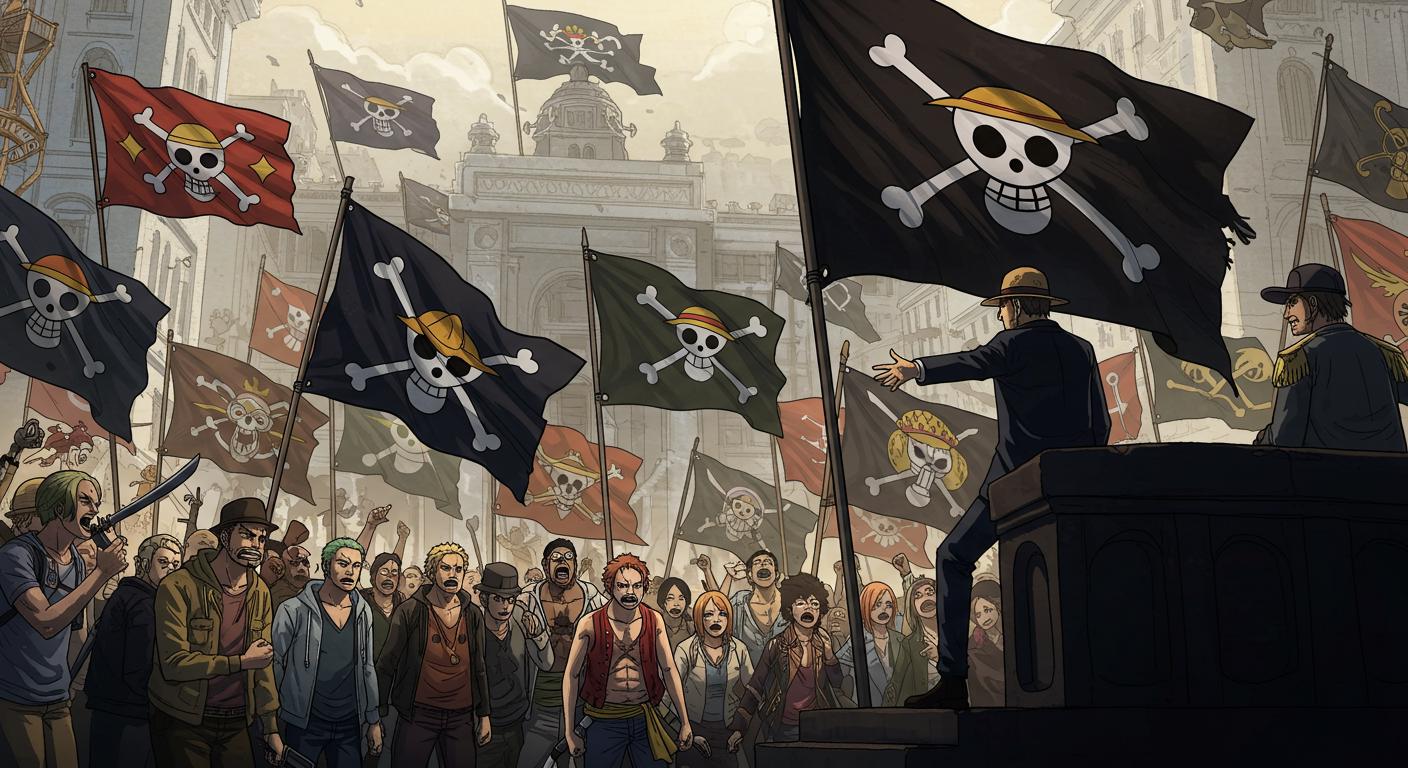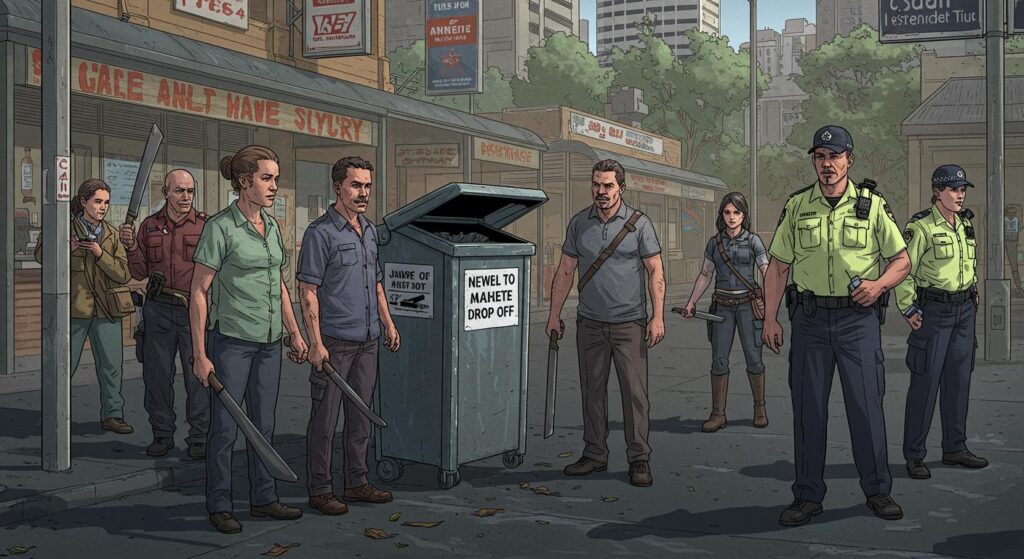Some stories have a way of surfacing just when you think you’ve finally mapped the borderlands where reality and fiction politely keep to themselves. Case in point: reports of Indonesia’s deputy parliamentary speaker describing the rise of One Piece pirate flags—yes, those from the Japanese anime—fluttering alongside national banners as an existential threat to the nation’s unity. As documented by the Jakarta Globe, this peculiar convergence of pop culture and national politics has sparked a debate as the country approaches its 80th Independence Day.
Political Response: Systematic Plot or Symbolic Protest?
According to Jakarta Globe coverage, the current fuss stems from viral videos circulating on TikTok showing Indonesia’s unmistakable red-and-white flag sharing the skyline with black Jolly Roger banners—specifically, those belonging to the Straw Hat Pirates, the beloved, freedom-cherishing protagonists of One Piece. Deputy House Speaker and Gerindra Party executive Sufmi Dasco Ahmad framed these displays as more than just fandom run amok, describing them as part of a “systematic movement” and telling reporters in Jakarta, “This is not a coincidence. There is a coordinated attempt to divide the nation.” Dasco, referencing reports received from government and intelligence agencies, urged the public not to be provoked: “Let’s stand united. We must collectively resist such actions.” Interestingly, while Dasco declined to specify whether the supposed movement was homegrown or internationally influenced, he hinted that there are groups “unhappy with Indonesia’s progress.”
Not everyone in the political sphere is subscribing to a conspiracy-of-the-pirates narrative. The Jakarta Globe also notes that the Indonesian Democratic Party of Struggle (PDI-P) offered a more moderate stance. Party lawmaker Deddy Yevri Sitorus viewed the flag-waving as an act of public expression rather than sedition. Speaking in Bali, Sitorus remarked, “This should be seen as a public expression of criticism, which is part of a democratic society,” adding that as long as the iconic anime pirate flags weren’t flown above the national flag, they posed no legal or existential threat. “This kind of symbolic action is better than street protests that could turn violent,” he said.
Legal and Public Context: What’s Actually Allowed?
Many social media users, Jakarta Globe reports, initially assumed that flying non-national flags was against the law. However, as the outlet details, Indonesian law does not explicitly ban the display of organizational or cultural symbols—pirate or otherwise—on private property. The main requirement is that the Indonesian red-and-white flag should be given the highest position of honor if displayed alongside other banners. There’s little evidence anyone was aspiring to maritime sovereignty with their backyard Jolly Roger.
Culture Clashes and Ironies
On one level, the whole episode feels like a scene cut from an unreleased One Piece filler arc: The Straw Hat flag flies in a faraway land, and sudden controversy ensues. That’s not to say symbols are always harmless—history is crowded with flags that meant a lot more than colorful fabric. But a fictional pirate banner, born of a cartoon celebrating friendship, freedom, and a little lighthearted rebellion, isn’t the most obvious instrument of national unraveling.
It’s worth noting, as the Jakarta Globe indicates, most online reactions started from a place of legal concern only to discover there’s really nothing on the books against an anime flag. The societal impact, it seems, is mostly in the eye of the beholder.
Final Thoughts from the Jolly Roger Desk
It may be tempting to joke about the intersection of politics and pirate hats, but stories like this end up providing a glimpse into the deeper anxieties of a place. Why do a few anime flags, on the eve of a big national birthday, suddenly set off alarm bells in some quarters? Is it about fear of outside influence, sensitivity to protest, or simply the unpredictability of viral trends?
Sometimes, the truly odd news ends up highlighting familiar human patterns—a reminder that even in a world awash with real problems, meaning is ascribed, often fiercely, to what flaps in the wind. Is that a threat, or just Thursday? In this case, your answer might depend on whether your compass points to government memos or comic book treasure maps.







